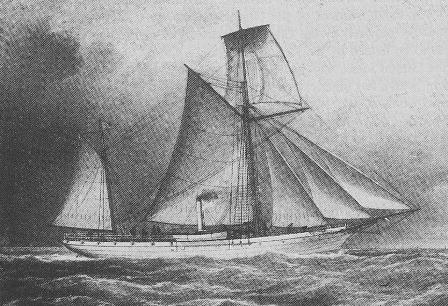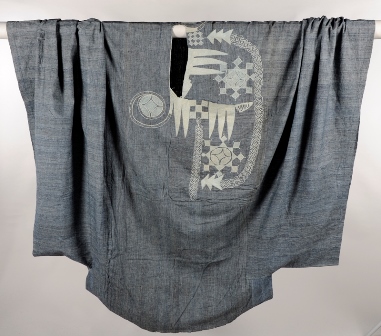Selim Aga: African-born explorer


Nupe gown from Bida collected by Selim Aga in about 1857 (20.11.60.2).
After Liverpool Museum opened in its new building on William Brown Street in October 1860 (now World Museum), the first five African artefacts it acquired a month later were purchased from the African-born explorer Selim Aga. Aga acquired these five artefacts in the interior of Nigeria on the voyage of the Dayspring. You can find out more about Selim Aga and see the items he collected in our Selim Aga online collection.

The Niger Expedition ship the Dayspring, built at Lairds in Birkenhead 1857.
But the objects in this group only hint at Aga’s remarkable life as an explorer. After serving on the Dayspring expedition Aga remained in West Africa and accompanied the controversial British explorer Richard Burton on a visit to the Nigerian town of Abeokuta as Burton’s guide and servant. He also visited the great West African kingdoms of Benin and Dahomey with Burton. In 1863, Aga managed Burton’s expedition up the Congo River and wrote an account of it that was published in the Geographical Magazine in July 1875. Burton saw Aga as a potential tool of British expansionism and imagined an era of British imperial activity in which people like Aga would serve as subordinate guides and helpers to white British explorers. He described how Aga 'took all the trouble of life off my hands’ and was inspired to muse that,
‘Some years hence, when we also shall have topographical engineers, and when exploration shall become a profession, not, as at present, an affair of mere amateurship, Selim Agas will be useful in cutting a path for the European pioneer through outer Asia and Central Africa’.
(Richard Francis Burton, Abeokuta and the Cameroons Mountains: an exploration, Vol. 1, London: Tinsley Brothers, 1863, pp. 10). But Aga did not see himself the way Burton did and quit service with Burton in order to make an independent life for himself in West Africa. He became the ‘intimate friend and companion’ of Jacob C. Hazeley, a Sierra Leonean printer, trader and journalist, who had links with the American Colonization Society, and he probably travelled to Liberia with Hazeley in 1866. The Society had founded the Republic of Liberia in 1847, with a constitution following the American model and it enabled formerly enslaved Americans, interested in emigrating, to settle in the colony. Aga made a number of expeditions into the Liberian interior that were probably sponsored by the Society, which reported in 1867 that he made some important discoveries up the Cavally River. Aga settled in Liberia and refashioned himself as a Liberian patriot. Having disentangled himself from subordinate roles in British imperial projects, he made a home for himself among descendants of enslaved Africans from America who, like himself, had suffered the trauma and stigma of slavery. Like them, he sought redemption and opportunity through the creation of a black colonial republic in West Africa. But Aga suffered a tragic death in Liberia on October 10th 1875 after disputes over land and trade between the settlers from America and the indigenous Grebo-speaking population resulted in armed conflict. The Grebo force made an attempt to drive out the settlers and inflicted a number of crushing defeats on the Liberian militia forces. Aga was killed by Grebo warriors while serving as assistant-surgeon with the Liberian forces during the conflicts. Explore the Selim Aga collection.
